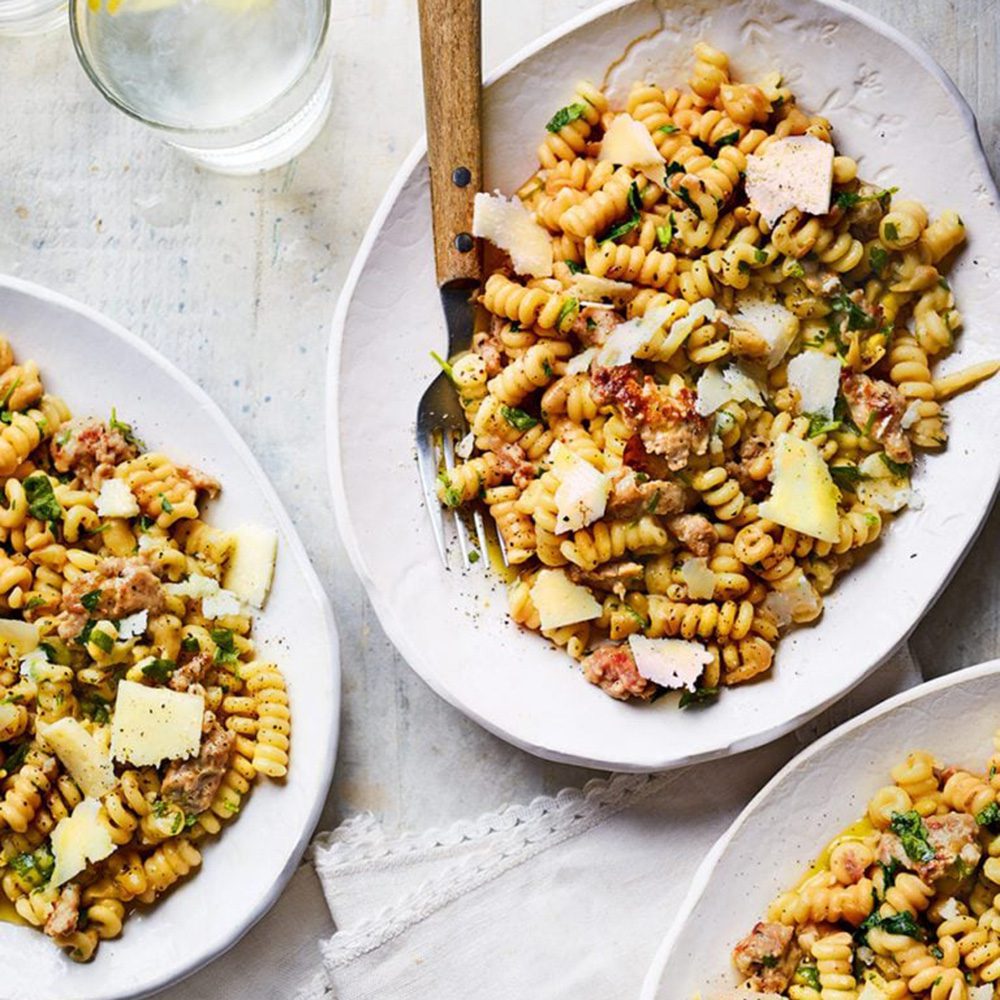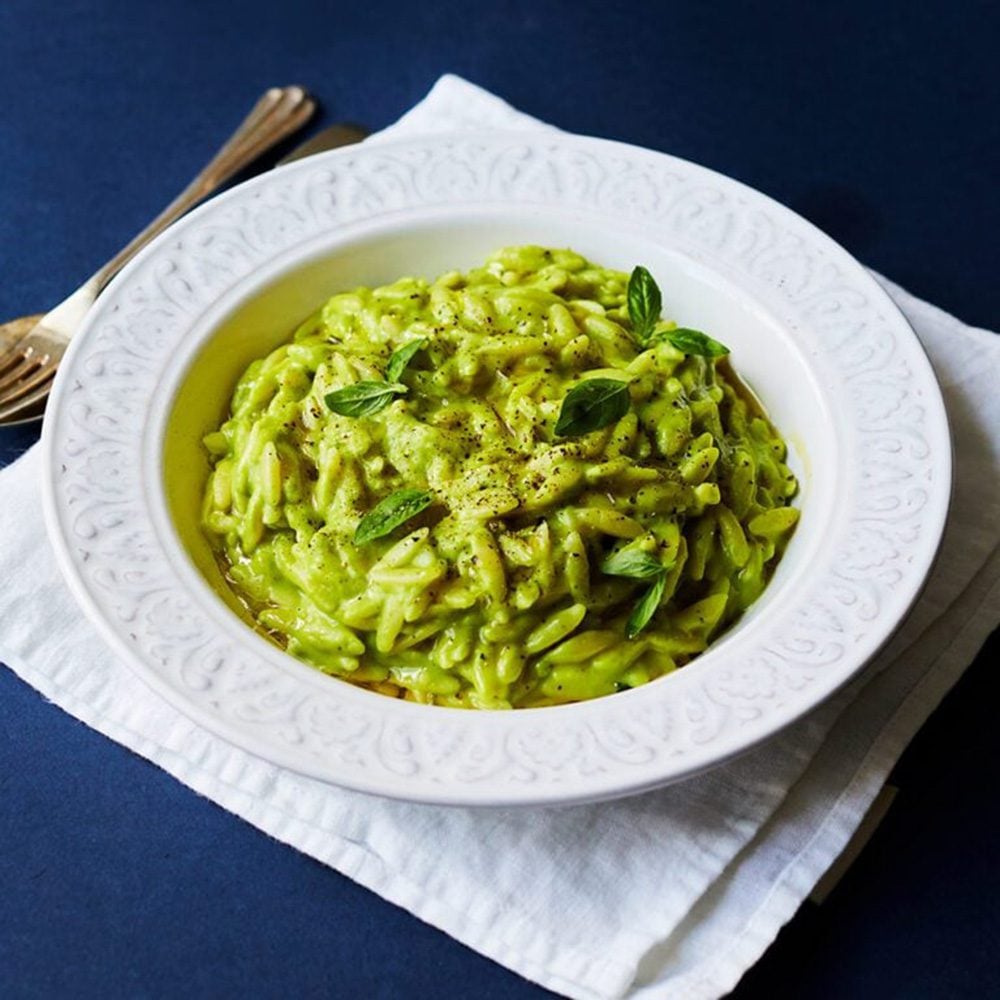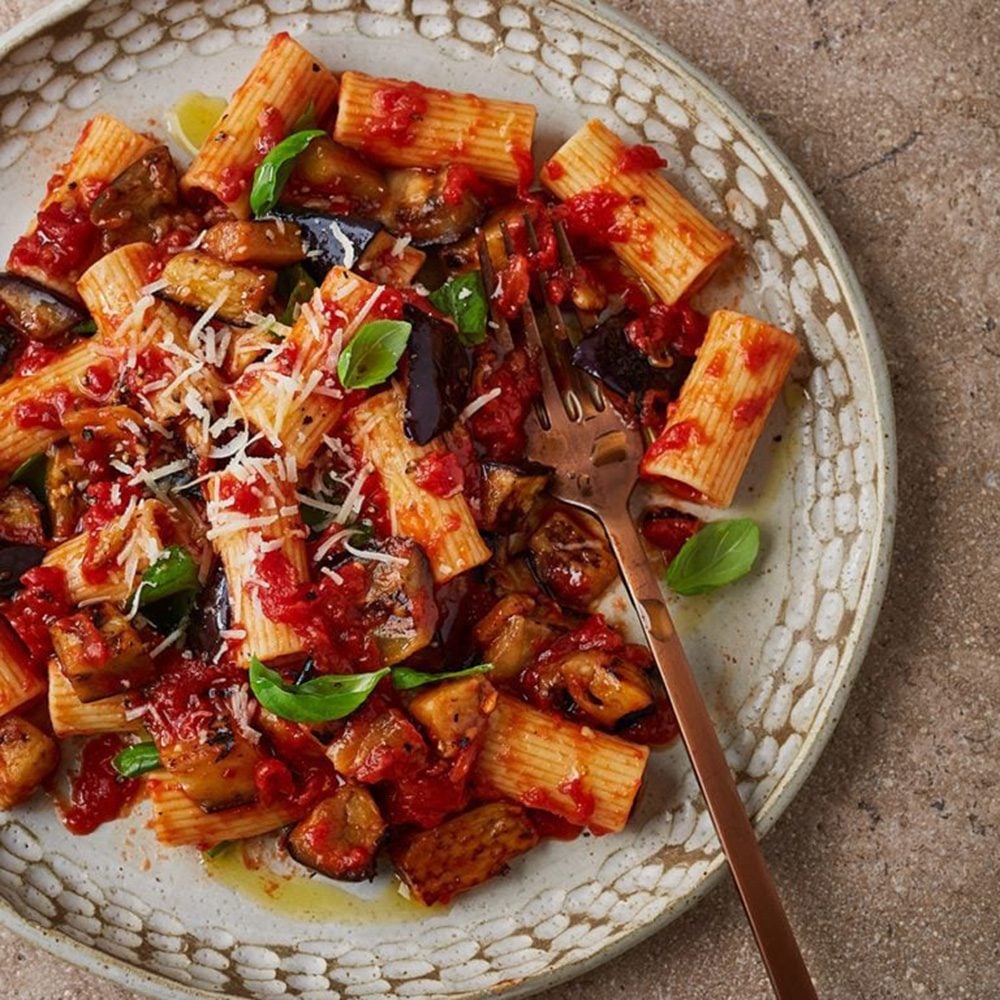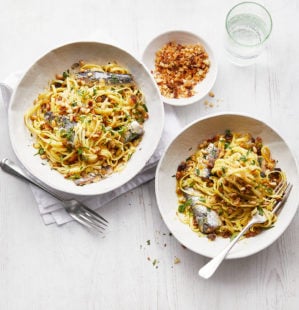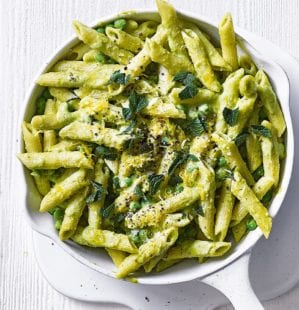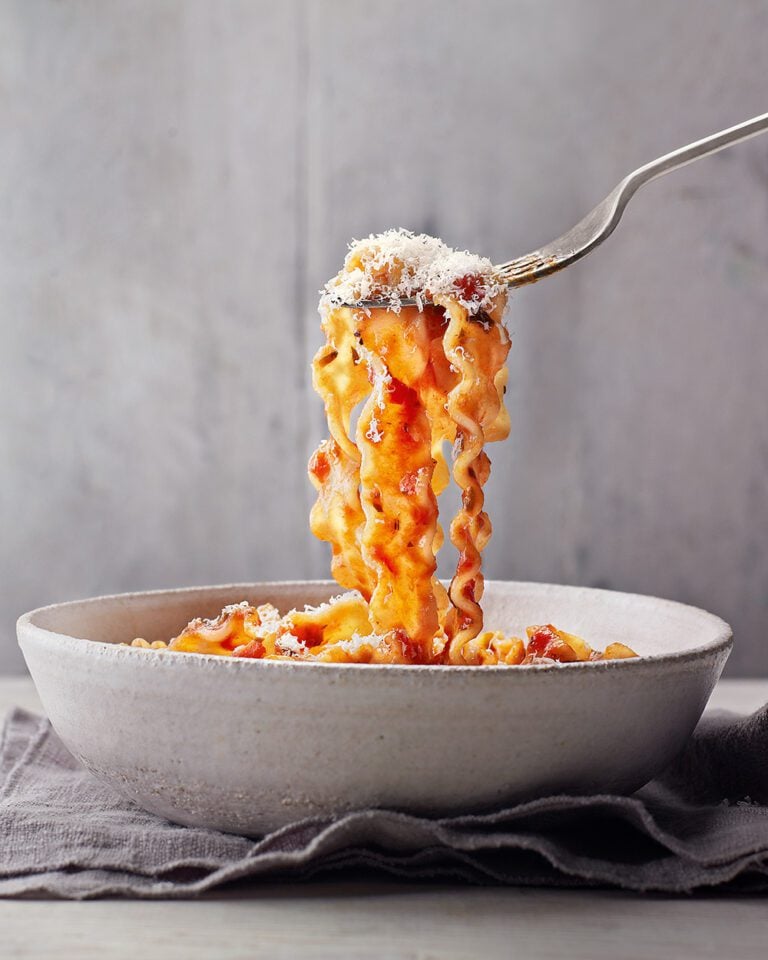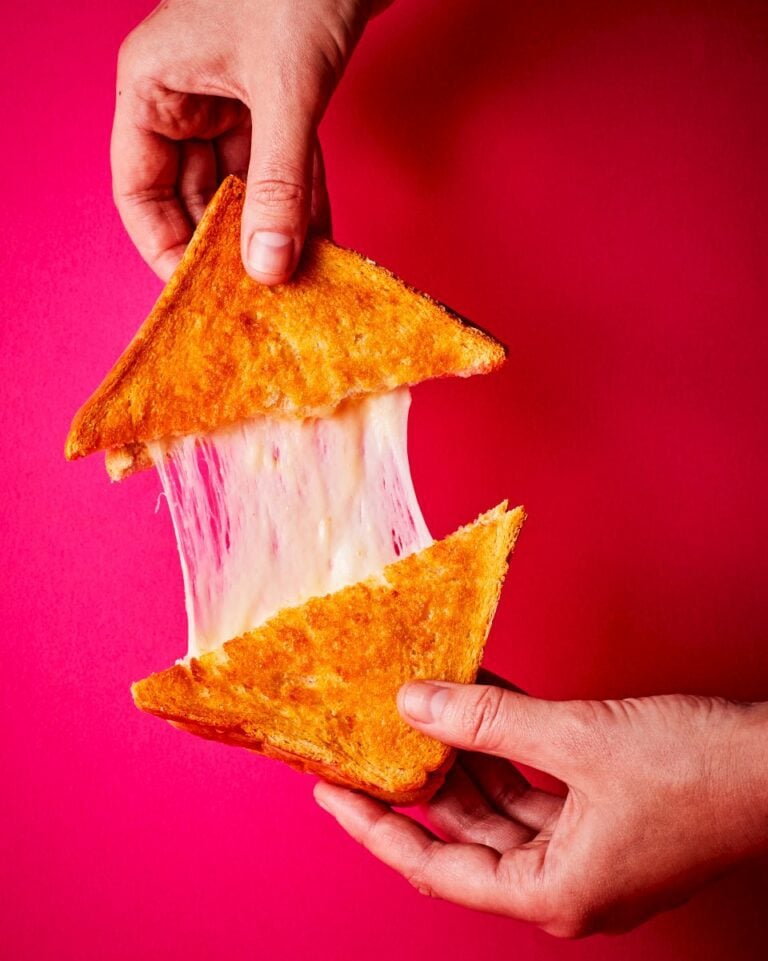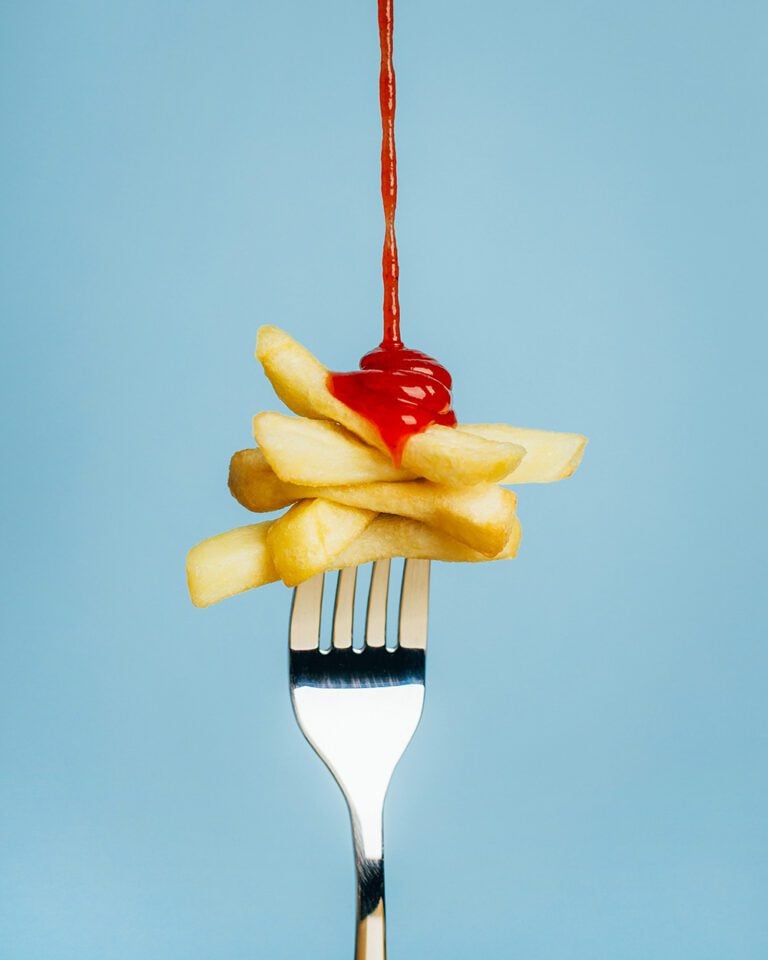Five reasons why eating pasta is better for you than you think
The low-carb diet craze has persuaded many of us that pasta isn’t healthy – but Italian nutritionists beg to differ. It’s all in the way you cook, serve and eat your favourite shapes, they say. Sue Quinn gets stuck into the debate…
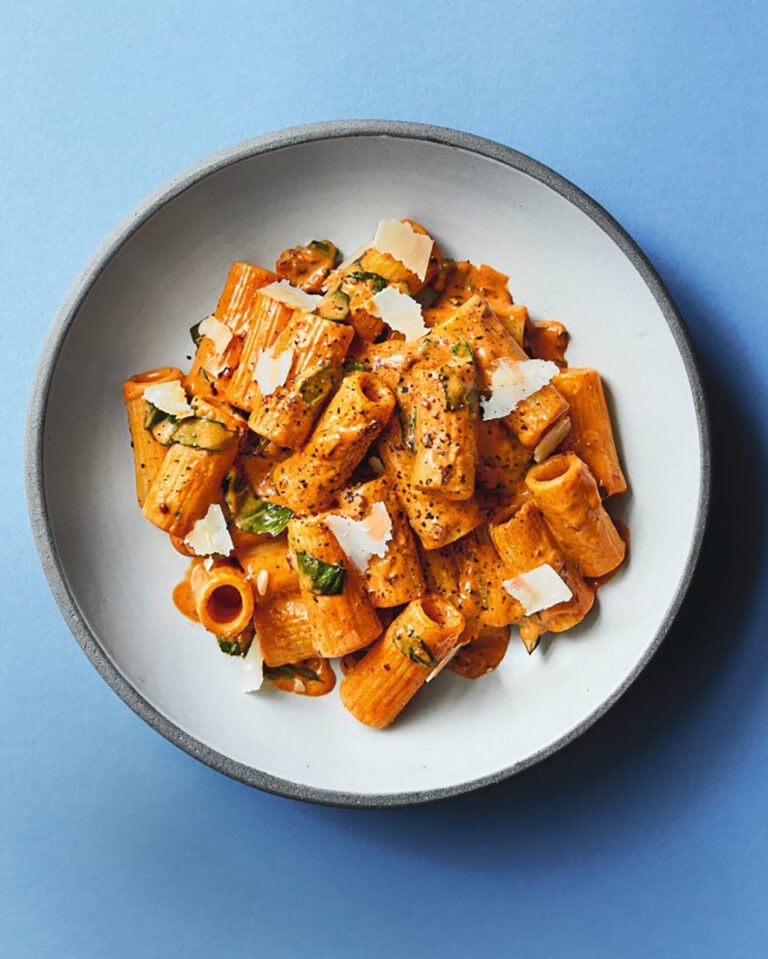
Italians famously adore pasta in all its delicious forms, twirling more onto their forks than any other country. Of course, it’s now a staple in Britain, too, but these days we’re a bit confused: is pasta good for us or not?
The trend for low-carb diets has dented pasta’s healthy image in Britain, with concerns it causes blood sugar spikes and contributes to weight gain. But does pasta really deserve a bad rap? And could we learn a trick or two from Italians about preparing and eating pasta in ways that are healthy?
After all, Italians eat an average 23kg of pasta per person every year, according to one survey; almost one third tuck in 4- 5 times a week and 17 per cent consume it every day. And yet, Italy has among the lowest (although rising) rates of overweight-ness and obesity in Western Europe. An estimated 42% of Italians aged 15 or older are overweight or obese, compared with 64% in the UK.
It seems pasta is better for us than we think, so we asked the experts how Italians stay healthy while consuming lots of it.
1. Pasta in itself is healthy
There’s no need to fear pasta just because it’s a starchy carbohydrate. A 2018 study in The Lancet found that people who get about half their total calories from carbohydrates may be at a lower risk of early death than those who follow either very high- or very low-carb diets.
What’s more, pasta is a great source of energy. “And it also contains very small amounts of folate (vitamin B9), other B vitamins, iron, magnesium, some fibre and other nutrients,” says registered nutritional therapist Valentina Cartago, who was born and raised in Milan and now runs the Italian Nutritionist Clinic in London.
Tip: The nutritional profile of pasta varies widely according to how it’s produced and what it’s made from (see below) but wholegrain/wholewheat varieties have a slight nutritional edge. “The difference isn’t massive, but if you don’t have much fibre in your diet from other sources, I’d go for wholegrain,” Cartago says.
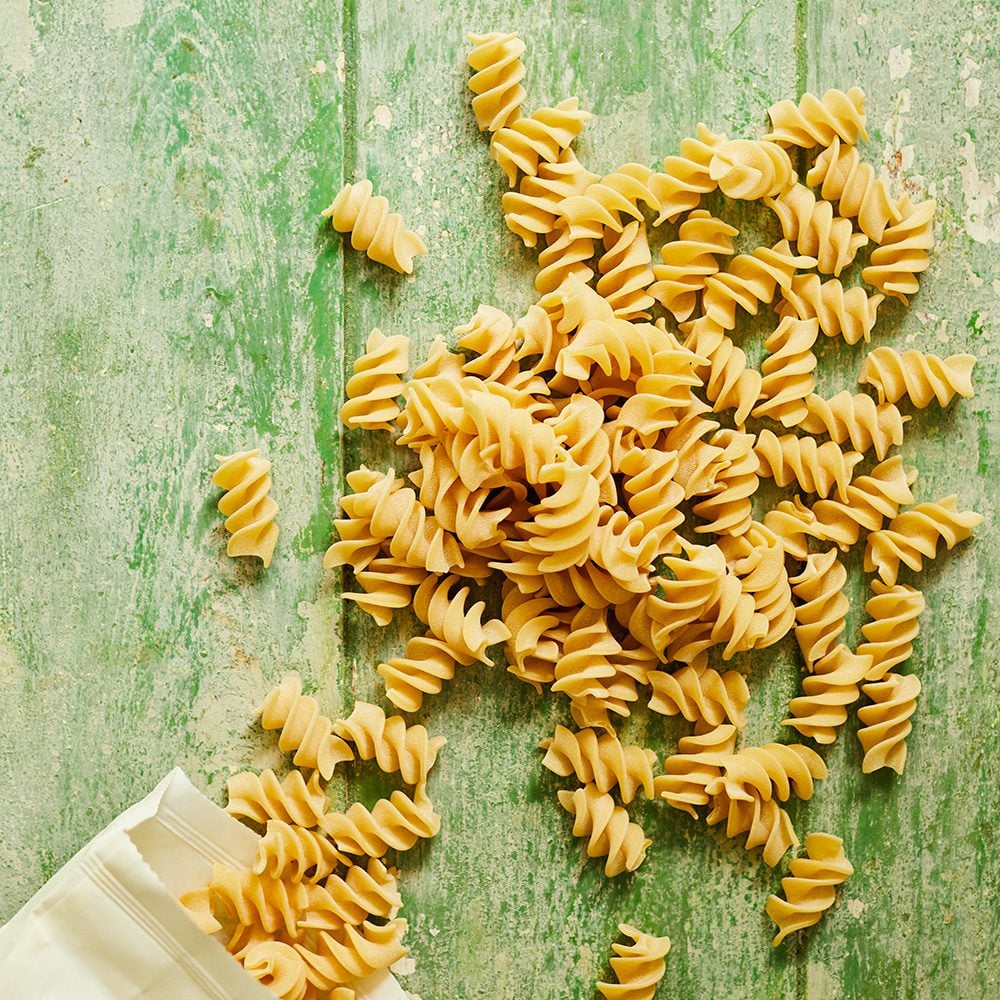
2. Pasta doesn’t cause weight gain
Breathe easy if weight management is a concern: pasta in and of itself doesn’t make you pile on the pounds. “Research has found that countries where they consume more pasta have some of the lowest obesity rates in the world, “ Cartago says.
In a study published in the Nutrition and Diabetes journal in 2016, people who ate a Mediterranean diet that included pasta had a lower BMI, smaller waist circumference and better waist-to-hip ratio than those who followed the Mediterranean diet but omitted pasta.
One explanation for this is that pasta is often just one part of a varied meal, so the serving size is much smaller than is common in the UK and US. “In Italy, a typical serving of dried pasta is about 80g,” Cartago says.
Tip: Start your meal like the Italians do with a bowl of olives, crudités or salad, so you’re not relying on an enormous serving of pasta to fill you up. Plus, you’ll be getting extra nutrients.
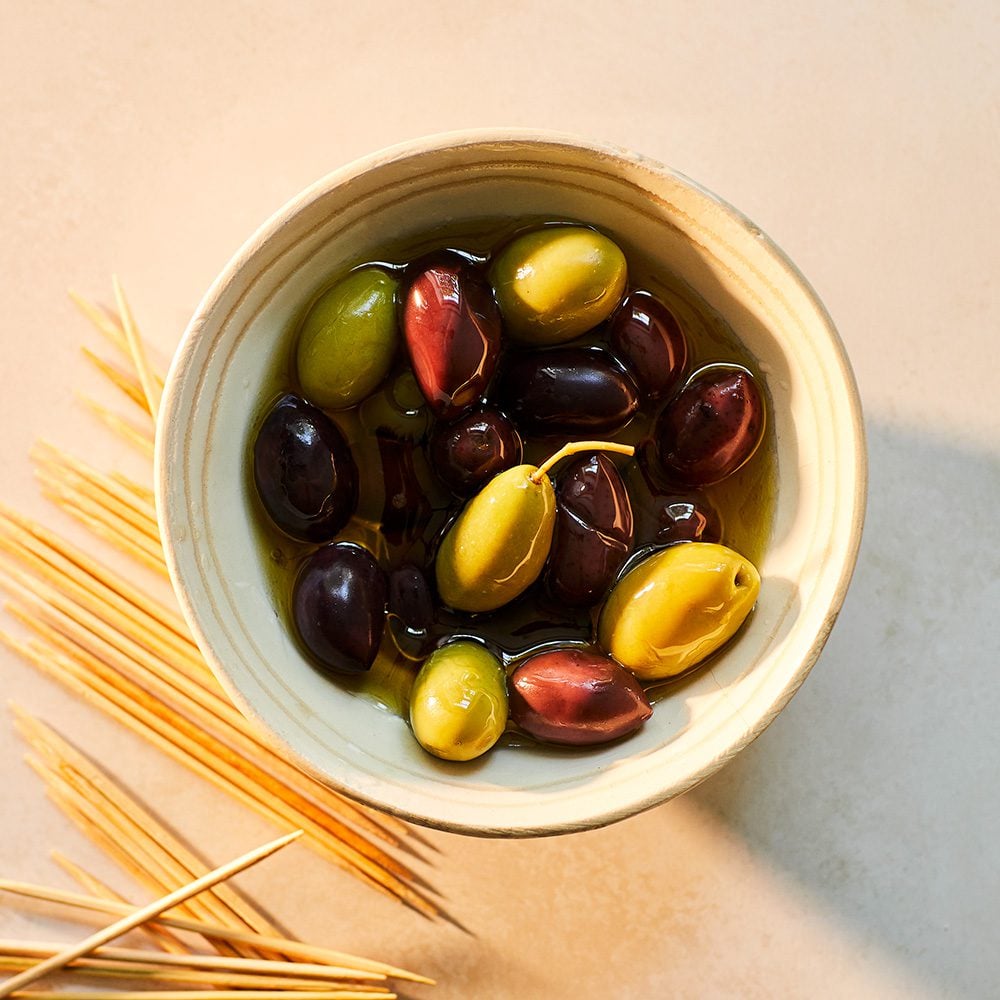
3. Pasta doesn’t cause blood sugar spikes
Surprisingly, good quality durham wheat pasta, the kind traditionally eaten in Italy, doesn’t cause the same blood sugar spikes – sharp rises and falls in blood sugar levels – as pasta made from common wheat.
This means its glycaemic load (GL) – the impact it has on your blood sugar levels – is low. Why? Durham contains much more protein than other wheat varieties, and this forms a kind of shield around the starch, which slows the rate at which it’s digested.
As well, when pasta dough is pushed or ‘extruded’ through a machine to make shapes, the components get compressed, so the pasta is very hard and dense, which makes it even slower to digest.
Tip: check the ingredients list on the packet and make sure it states it’s made from durham wheat.
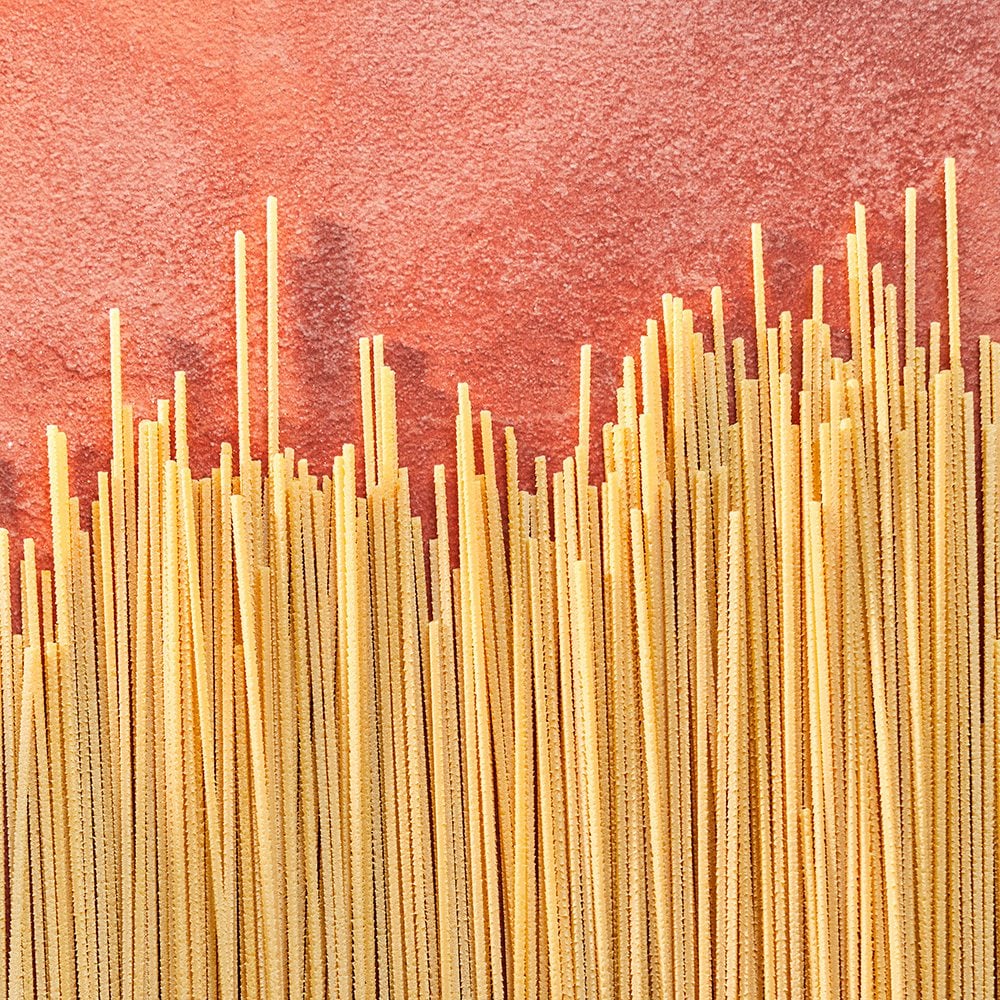
4. It can slow your digestion (if you cook it like the Italians do)
Italians always cook their pasta al dente, so it still has some ‘bite’, which slows digestion further. “So, if you have a durham wheat extruded pasta that’s been cooked al dente, it will have a low glycaemic load compared to a softer wheat pasta that’s more cooked,” explains Rome-born Dr Federica Amati, head nutritionist at ZOE. “Overcooking pasta increases the glycaemic load of that meal.”
Fresh pasta made with eggs, and perhaps rolled by hand, doesn’t necessarily boast the same low glycaemic load, but it does have other nutritional benefits. “You’ve got extra protein and extra vitamins and minerals including iron,” Dr Amati says. “And the iron content is most notable because we have a problem with iron deficiency in the UK, especially among women.”
Tip: use leftover pasta for a salad the next day. Cooling the pasta increases its resistant starch, which feeds healthy gut bacteria.
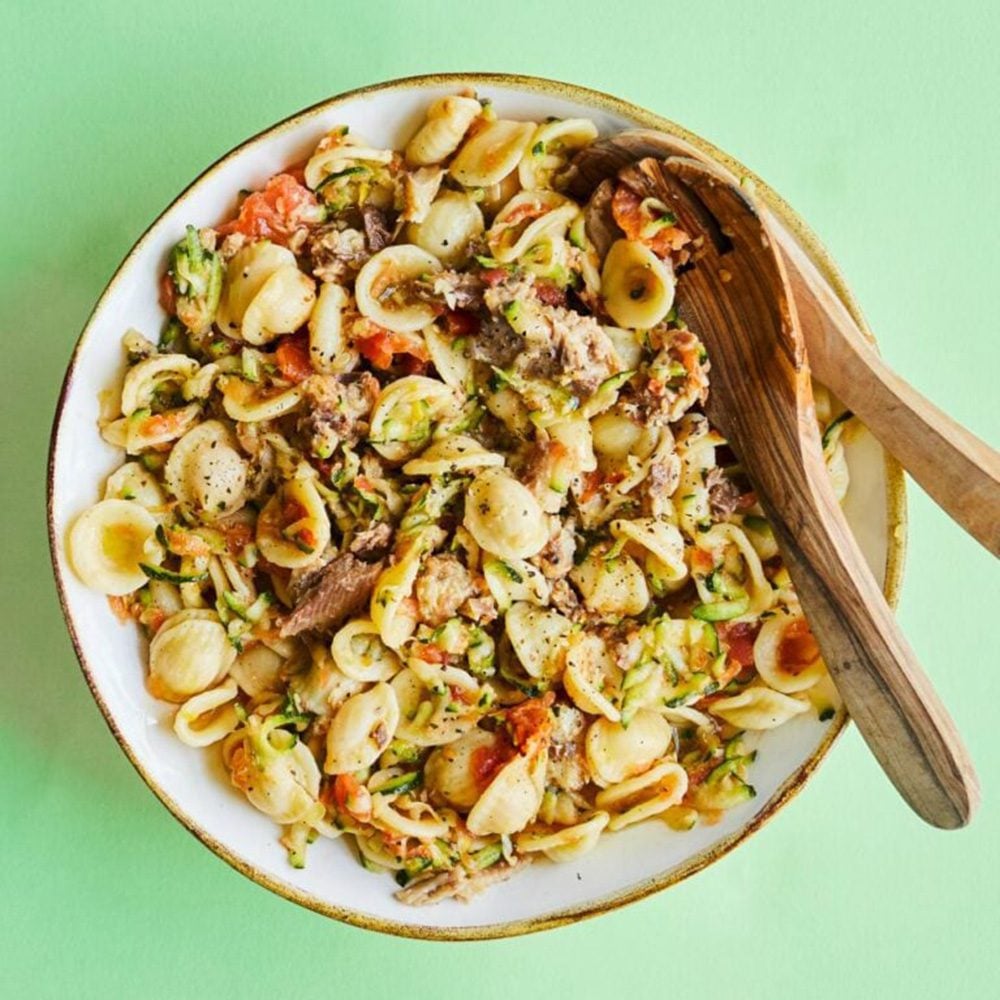
5. It can help you increase your veg intake
“What you have with your pasta is even more important than the quality of the pasta,” Dr Amati says.
In Italy, pasta is considered an ingredient, rather than a plate of carbohydrate with a topping. “It’s a carrier of flavour. Pasta is a way of making a meal out of a star ingredient.” Think about how many vegetables, herbs and other plant foods like legumes you can incorporate into your pasta dish. See below for ideas and browse our favourite vegetarian pasta recipes.
The bottom line
Pasta can be a delicious healthy meal that doesn’t cause blood sugar spikes or weight gain – but take a leaf out of the Italian cook book. Use high quality durham wheat pasta, cook it al dente and serve in modest portions. And be sure to add lots of vegetables – in the sauce and/or on the side – with lots of garlic and extra-virgin olive oil.
Ideas for healthier pasta dishes
Pasta e fagioli
White beans and vegetables are transformed into a filling meal by combining them with pasta.
Orzo with greens
“My husband really loves orzo pasta cooked with peas, broad beans, onion, leafy greens like kale, cherry tomatoes and butter beans,” Dr Amati says. “The orzo is cooked in the pan with the vegetables, so it comes out creamy and delicious.” Try our pea green orzotto.
Pasta all norma
Rigatoni is served with a sauce made with aubergines, cooked down until velvety and tender, and herby tomatoes. “The sauce is the absolute star,” Dr Amati says.
Discover more healthy pasta recipes, including creamy cacio e pepe with the benefits of butter beans.
Subscribe to our magazine
Food stories, skills and tested recipes, straight to your door... Enjoy 5 issues for just £5 with our special introductory offer.
Subscribe
Unleash your inner chef
Looking for inspiration? Receive the latest recipes with our newsletter
